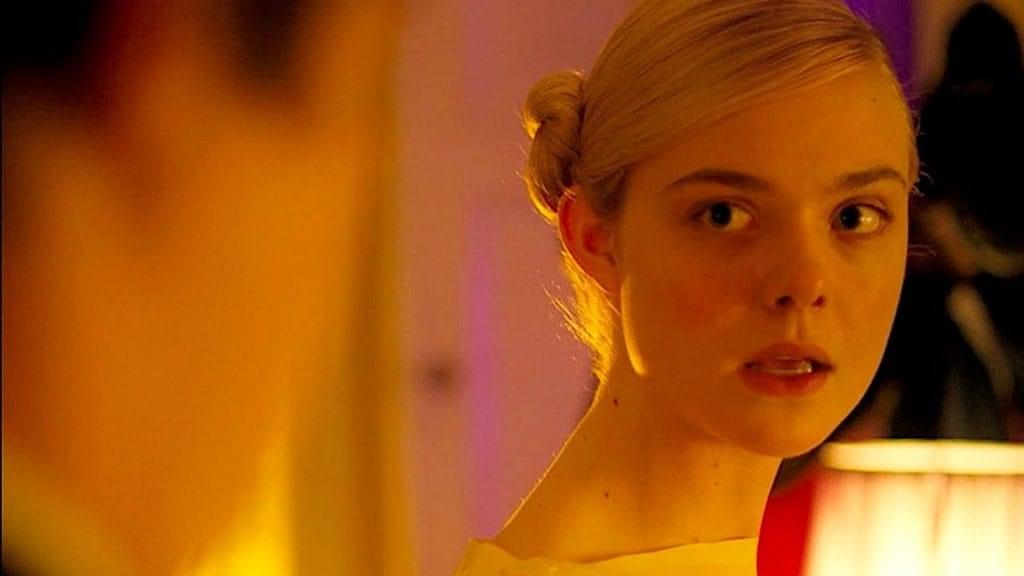
In the sixties and seventies, “American independent” films basically came in three varieties: exploitation, sexploitation and blaxploitation. Art houses showed only foreign films or the occasional John Cassavettes psychodrama. Yes, “Eraserhead” and “Pink Flamingos” were big on the midnight circuit, but there was no way your Aunt Minnie (even your fairly hip, highly educated Aunt Minnie) was ever going to see those….No matter how you sliced it, indie movies before 1980 were located strictly in the underground or the low rent district. (Not that there’s anything wrong with that!)
Financed with money that John Sayles had made writing for exploitation king Roger Corman, “Return of the Secaucus 7” was the first successful American independent film to attract wide attention without the benefit of shock value, intense theatrics or snob appeal. The sort of small-scale “people story” that Hollywood had always avoided, and was now completely abandoning, it became a hit on the art-house circuit and opened the door for an entire movement. Spike Lee, Jim Jarmusch, the Coen Brothers and just about every other interesting U.S. filmmaker under age sixty owes the film a big debt. It also famously prefigured Lawrence Kasdan’s slicker, more entertaining, “The Big Chill” by about four years.
So “Return” is important, but assuming you’re not an amateur film historian, is it actually worth seeing? Well, many years back, I walked out on it. I liked Sayles from other films, but I was annoyed by the weak acting and unmoved by the low-conflict premise: a bunch of former free-living-and-loving late sixties radicals realize they’ve become free-loving-and-loving late seventies left-liberals.
I was hasty. Watching it today, “Return of the Secaucus 7” is a hesitant, often faltering, debut. Fortunately, it also has more than it share of moments. You just have to wait a bit.
“Return” is the story of a weekend reunion of a large group of old friends with complexly interconnecting life histories. In fact, watching it is like walking into a party with a bunch of strangers who all know each other and trying to digest who’s married to who, who’s sleeping with (or has slept with) who, who’s friends, who has old scores to settle and so on. It’s confusing but it eventually pays off.
“Return of the Secaucus 7” begins to get interesting as the story gets past all the introductions — and a very seventies plot complication in which one character sleeps with his best friend’s girlfriend one day after they’ve broken up…and no one seems to mind very much. Eventually, something a little bit darker, funnier and far more interesting begins to take shape. Intimidations of suicide, hard drug use and the congealing of the utopian sixties into something a bit less pleasant abound, though — in a technique that Sayles would later return to — we’re never fully clued in.
“Return of the Secaucus 7” may have been a case of the film-going public footing the bill for what was basically a slightly self-absorbed educational experience. Not only did John Sayles, previously best known as an author of short stories, go on to make many far more interesting and accomplished films, but the cast (who, like Sayles, were all just pushing thirty) improves as the film progresses. Many of them, including the increasingly great David Strathairn have gone on to strong, varied careers since.
If only all scholarship money paid off this well.

